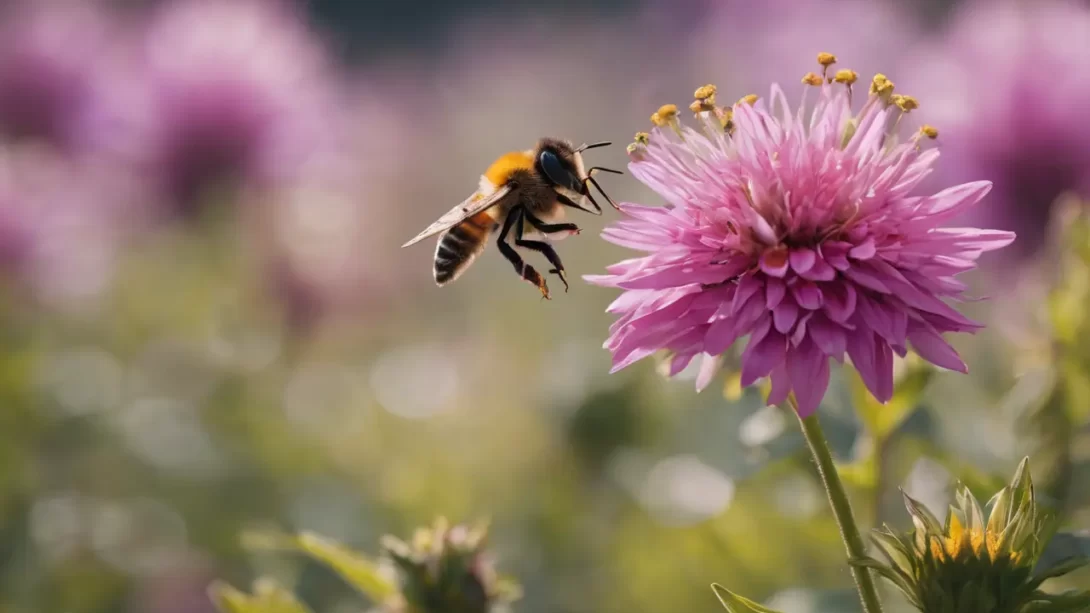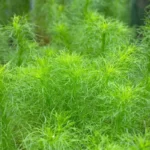Pollination plays a crucial role in the lifecycle of plants, leading to the production of seeds. Understanding how and when seeds develop after pollination is essential for gardeners, farmers, and plant enthusiasts. This process varies significantly among different plant species and is influenced by several factors. This article delves into the journey from pollination to seed formation, offering insights into the timelines and factors involved in this fascinating natural process.
Pollination
Pollination is the transfer of pollen from the male part of a flower (the anther) to the female part (the stigma). This process can occur within the same flower, known as self-pollination, or between flowers, known as cross-pollination. Pollination is a critical step in the reproductive cycle of flowering plants, setting the stage for seed development. It can be facilitated by various agents, including wind, water, insects, and animals.
The Journey from Pollination to Seed Formation
Once pollination occurs, a series of events unfold inside the plant. The pollen grain germinates on the stigma and grows a pollen tube down through the style to reach the ovary. Here, the sperm cells in the pollen grain fertilize the ovules. This fertilization marks the beginning of seed development. Post-fertilization, the ovules develop into seeds while the surrounding ovary grows into a fruit in many plants. This process, from pollination to seed formation, is intricate and varies in duration depending on the species and environmental conditions.
Timeframe for Seed Development in Different Plants
The timeline for seed development can vary widely among different plant species. For example, annual plants, like many vegetables, may develop seeds within a few weeks to a couple of months after pollination. In contrast, perennial plants and trees might take several months to a year for seed maturation. For instance, tomatoes typically take about 6 to 8 weeks from pollination to develop mature seeds, while oak trees can take up to two years for acorns to fully develop. These examples highlight the diversity in seed development timelines across the plant kingdom.
Factors Influencing Seed Development Time
Several factors influence the time it takes for seeds to develop after pollination. Environmental conditions such as temperature, sunlight, and moisture levels play a significant role. Optimal growing conditions can accelerate seed development, while adverse conditions may delay it. In addition to environmental factors, genetic characteristics of the plant also determine the rate of seed development. Different varieties of the same species can have varying timelines for seed maturation.
Signs of Successful Pollination and Seed Development
Recognizing the signs of successful pollination and subsequent seed development is key for gardeners and farmers. One common indication is the swelling of the ovary, which eventually forms the fruit. In flowers, the wilting and dropping of petals post-pollination often signal the beginning of seed formation. For plants that do not produce noticeable fruits, such as grasses, the development of seed heads or pods is a clear sign of successful pollination. Observing these changes can help in understanding the progress of seed development and in planning for harvest or further propagation.
Harvesting and Using Mature Seeds
Knowing when to harvest seeds is crucial for successful propagation and storage. Mature seeds are typically harvested when the fruits or seed pods have fully developed and exhibit signs of ripening or drying. For example, in many fruiting plants, seeds are ready when the fruit changes color and reaches full size. In non-fruiting plants, seeds can be collected once the pods or husks turn brown and dry. Proper timing in seed collection is essential to ensure the seeds are viable and have a higher germination rate.
The Importance of Timing in Seed Collection
Timing in seed collection is not just about viability; it also affects the quality of the seeds. Seeds harvested too early may be underdeveloped and lack the necessary energy reserves for successful germination. Conversely, seeds left too long on the plant may be lost to natural dispersal mechanisms or predation. Understanding the optimal time for seed collection is a vital skill for gardeners and agriculturists aiming for effective seed saving and sowing in subsequent seasons.
Conclusion
The journey from pollination to seed development is a complex and varied process, influenced by a range of factors including plant species, environmental conditions, and genetics. Recognizing the signs of successful pollination and understanding the appropriate timeline for seed development are key to effective gardening and agricultural practices. Whether for propagation, conservation, or cultivation, a deep understanding of seed development stages enriches our appreciation of plant life cycles and enhances our ability to work harmoniously with nature in our gardening endeavors.



